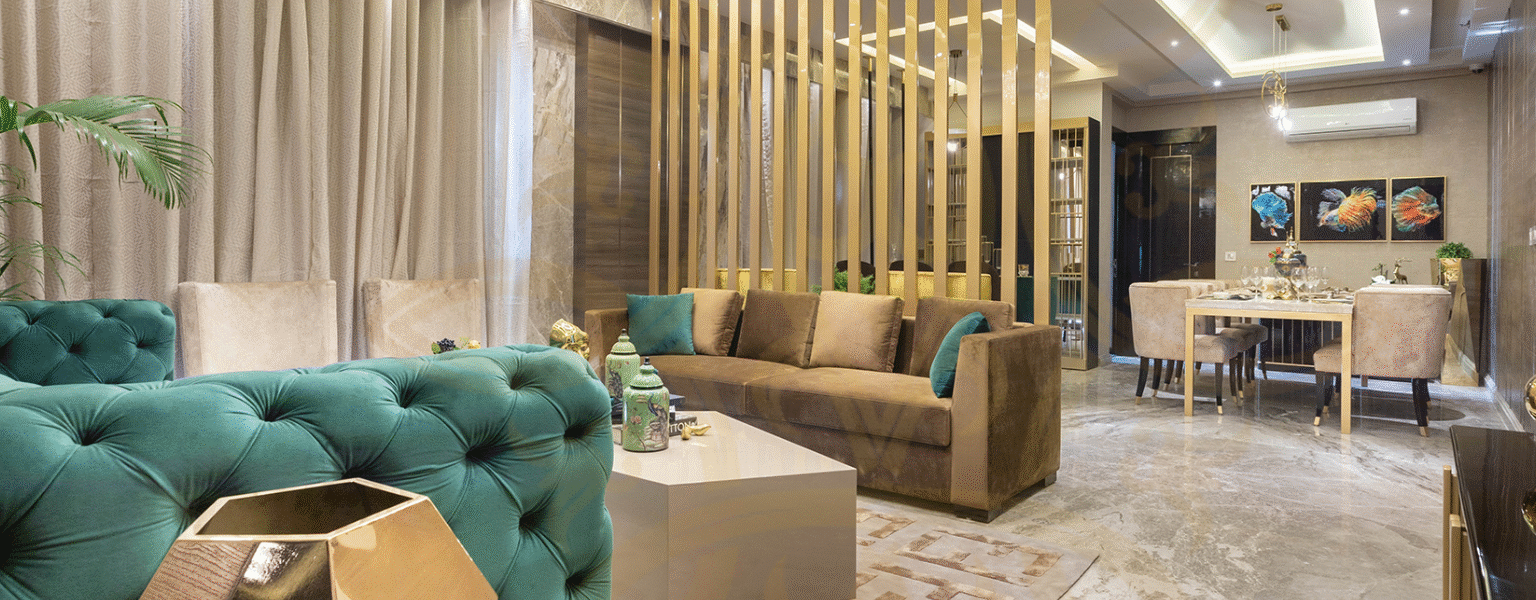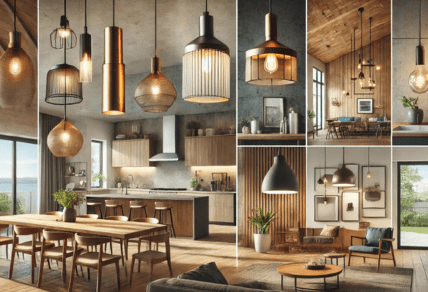If you’ve ever walked into a room and instantly felt calm, or maybe even inspired, chances are the furniture and layout had something to do with it. We don’t always think about chairs, tables, and shelves as mood-makers, but they absolutely are. Furnishings shape not only how a room looks but how it functions, how it invites people in, and how it reflects the personalities of the people who live there. And that’s the magic of design — it’s not just stuff placed in a room, it’s a story.
The artistry of design with personality
What separates a regular sofa from one that feels like a centerpiece? It’s not just the fabric or the price tag; it’s the way it ties into the bigger picture. Design isn’t about dropping in trendy pieces and hoping they click. It’s about balance. A rustic wooden dining table paired with sleek modern chairs tells a different story than a matching set picked out of a catalog. Good furnishing design bends the rules while still feeling cohesive.
Some designers lean into the bold, while others keep things minimal and timeless. And then there are studios that straddle both worlds, adapting their approach to the personalities they’re working with. That’s where names like Julian furnishing design pop up — offering not just furniture, but an entire perspective on how spaces can evolve around the people who inhabit them.
Why customization matters more than ever
Mass-produced furniture has its place — it’s quick, it’s often affordable, and it fills the gap when you need something functional. But for people who want spaces that feel genuinely theirs, customization is where things start to click. Picture a coffee table that’s not only the right size for your living room but also uses reclaimed wood from local sources, or a desk built to fit that odd corner in your loft.
The demand for custom furniture design Minneapolis has been steadily growing, and it makes sense. This city is full of people who value individuality and creativity, not just convenience. A custom piece isn’t just about filling space; it becomes a keepsake, a conversation starter, and something that evolves alongside your home. It’s the difference between buying a piece of furniture and commissioning something that feels like it belongs to your life story.
The heart of the home: the living room
Every home has that one space where people naturally gravitate, and for most, it’s the living room. It’s where the day unwinds, where guests gather, where families pile onto couches for movies, and where books are stacked a little too high on coffee tables. Furnishing this space takes more than guesswork.
That’s why living room furnishing services are becoming so popular. Instead of piecing together items over time and hoping they all fit, people are looking for cohesive guidance. These services help align colors, textures, and layouts so the room doesn’t just look nice — it feels inviting. Whether it’s arranging seating to encourage conversation or adding storage that hides the inevitable clutter, professional input often makes the difference between “okay” and “wow.”
The role of storytelling in furnishings
It may sound a little sentimental, but furniture tells stories. A chair passed down from a grandparent. A bookcase picked up from a local craftsman. A side table you stumbled upon while traveling. Each piece carries history, whether it’s personal or cultural. When those stories are woven together thoughtfully, a room becomes more than functional — it becomes meaningful.
Designers know this, which is why so many will encourage clients to keep personal elements in play. That’s also why customization feels so powerful; it allows you to build new stories while respecting old ones. A custom dining table, for instance, might be designed specifically to accommodate family dinners you host every Sunday, and over time it becomes the backdrop for countless memories.
Mixing practicality with beauty
Of course, design isn’t all aesthetics and sentimentality. A gorgeous sofa that feels like a dream but sinks after six months isn’t worth the investment. Good furnishing balances practicality with beauty. Materials matter, craftsmanship matters, and durability is non-negotiable if you want your investment to last.
This is where working with professionals often pays off. They understand which fabrics hold up against kids and pets, which woods warp in humidity, and which finishes will look dated faster than you’d like. It’s not about chasing trends; it’s about building a space that ages gracefully with you.
Local inspiration and sustainability
Minneapolis, like many cities, has been seeing a growing interest in sustainability. People are asking tougher questions about where their furniture comes from, who made it, and what impact it has on the environment. Local makers are responding with reclaimed materials, eco-friendly finishes, and designs that emphasize longevity over disposability.
There’s a kind of pride in owning something built nearby. Supporting local craftsmanship not only boosts the community but also connects you to your surroundings in a way that store-bought imports can’t. It feels more personal, more grounded, and more in tune with the city’s creative spirit.
The challenges of choice
Let’s be real: furnishing a home can be overwhelming. Walk into any showroom and you’re instantly bombarded with options. Modern or traditional? Neutral tones or bold pops of color? Sectional or sofa set? Decision fatigue is real, and it’s easy to get stuck second-guessing everything.
That’s why more people are leaning on designers or curated services to help narrow down choices. Sometimes having someone say, “This works together — trust me,” is worth its weight in gold. The trick is finding a balance between guidance and individuality, so the end result still feels like you, not just a styled showroom.
The evolving role of the home
The past few years have shifted how we think about our living spaces. Homes aren’t just where we sleep and eat anymore. They’ve become offices, gyms, classrooms, and sanctuaries. That shift has put even more pressure on furniture to be versatile. A dining table might double as a workspace. A sofa might need to be both cozy for lounging and sturdy enough for endless Zoom calls.
Designers are responding with multi-functional pieces and layouts that adapt to modern life. But the underlying principle hasn’t changed: furniture should support the way you live, not the other way around.
Final reflections
At the end of the day, furnishing is about far more than filling a room. It’s about creating spaces that breathe, that feel alive, that encourage connection and comfort. Whether you’re drawn to custom pieces, leaning on design services, or mixing old with new, the goal is the same — a home that reflects who you are.
And maybe that’s the beauty of it. Unlike trends that come and go, good furnishing design is timeless because it’s personal. Your home doesn’t have to look like a magazine spread; it just has to feel like a place you want to return to every day. That’s the kind of design that sticks.





